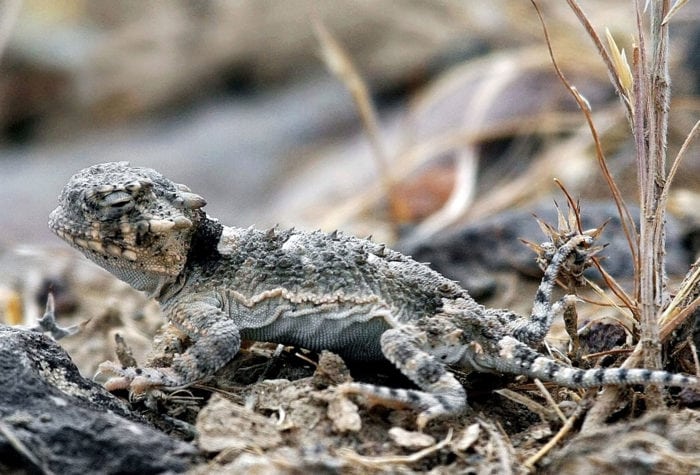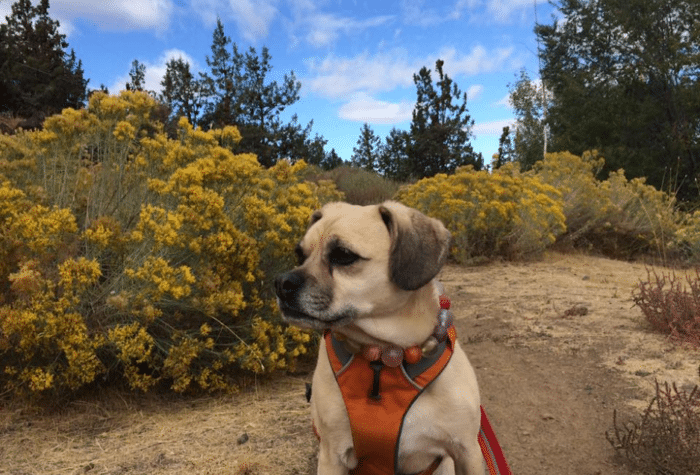ONDA’s Wild Desert Calendar spurred Mark Darnell to visit Wilderness Study Areas (WSAs) throughout Oregon on the hunt for his own high desert images. Mark takes us through his adventures visiting lesser-know WSAs and shares how that journey became so much bigger than what he had expected.
Story and images by Mark Darnell
The hunting knife in my left hand, poised for use, the trekking pole in my right, poking ahead through the brush, my head swiveled as I solo hiked off trail up a narrow canyon with rim rocks looming 30 feet directly overhead. I whistled and sang to cope with the fear. This was the perfect place for a cougar attack. Surely the rare cougar attack that killed one person and injured another yesterday in Washington State was just a fluke. But I couldn’t seem to believe any rational arguments at the moment. What was so damn important that I was putting myself in this situation so far from any help? A simple photograph?
• • •

